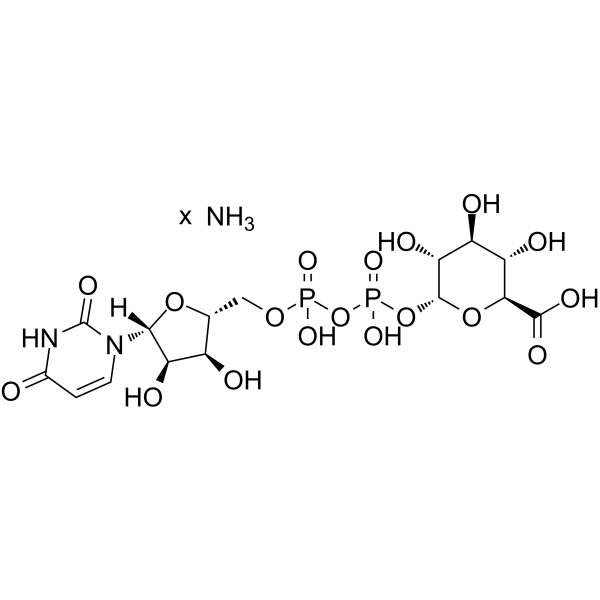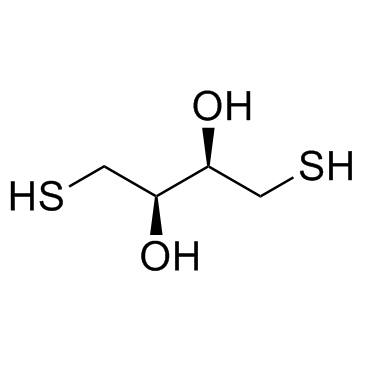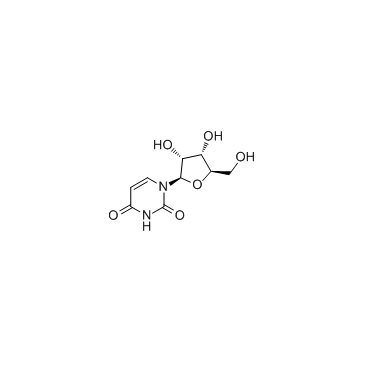| Structure | Name/CAS No. | Articles |
|---|---|---|
 |
Ketoconazole
CAS:65277-42-1 |
|
 |
Methanol
CAS:67-56-1 |
|
 |
UDPGA
CAS:63700-19-6 |
|
 |
Uridine diphosphate glucuronic acid ammonium
CAS:43195-60-4 |
|
 |
DL-Dithiothreitol
CAS:3483-12-3 |
|
 |
Uridine
CAS:58-96-8 |